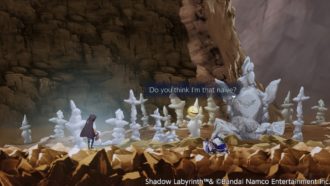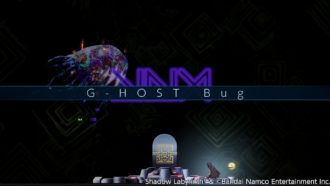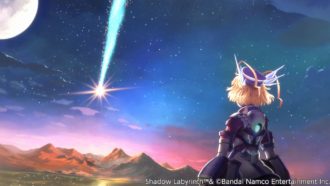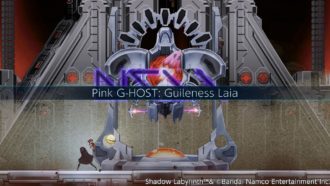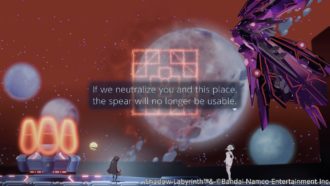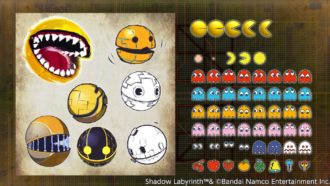Platforms:
PC, Nintendo Switch, PS5, Xbox Series X|S, Nintendo Switch 2
Released:
July 18, 2025
Publisher:
Bandai Namco Entertainment
Developer:
Bandai Namco Entertainment
I wish I could go back in time to the 80s, hit up an arcade and show someone playing the original PAC-MAN a glimpse of Shadow Labyrinth. Imagine it. Hey, you know that yellow cheese-wheel looking guy you’re guiding through a maze right now? Well, in 2025, he looks like this.
Shadow Labyrinth is Bandai Namco’s 45th anniversary present to PAC-MAN. Now, I can’t say I grew up with PAC-MAN in any sort of meaningful way. Sure, I’ve played the original a handful of times, but the real golden age of arcade gaming was long before my time. That being said, even without any deep nostalgic connection, I do recognise him as the gaming icon he is. Maybe it helps that Sakurai put him in Smash, too. Regardless, I know PAC-MAN, to some extent.
I think that’s what makes Shadow Labyrinth so instantly fascinating. Considering the long-established history of the character paired with the absolute scale of the jump made in gameplay, tone and design, it seems crazy to compare Shadow Labyrinth to recent PAC-MAN games. Reshaping the arcade classic into this dark, sci-fi action platformer Metroidvania, where the cutesy yellow mascot now exists in this gritty war of life and death, feels bold in a way most reinterpretations don’t attempt. It’s insane, and all the more compelling because of it.
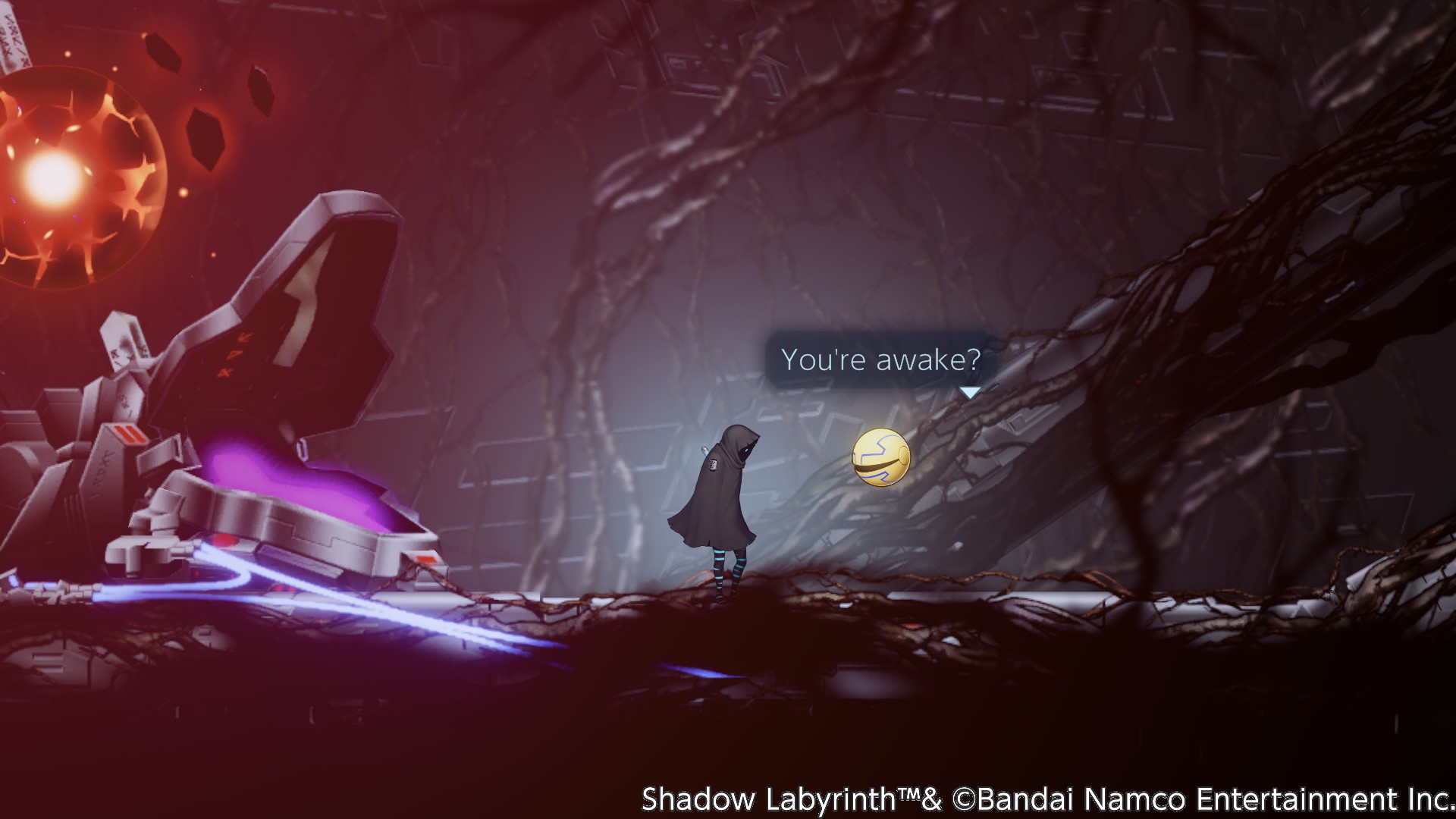
In Shadow Labyrinth, you’re Swordsman no. 8. You’ve gotta hack and slash your way to uncover both the unknown alien planet’s mysteries and the mystery behind PAC-MAN, known as PUCK. PUCK has been stranded on the alien planet for decades, arriving originally as part of a huge military mission to rid the planet of a powerful AI bent on world domination. The swordsman you play as was summoned by PUCK and is now teaming up with them (not that he has a choice) to explore the alien planet.
There’s a huge intertwined story at play, adding the events of Shadow Labyrinth to the interconnected Bandai Namco United Galaxy Space Force timeline, something I had no idea about before playing this game. It’s really neat that it connects a whole heap of games together, with PAC-MAN joining it now. I’m sure there are heaps of references to games in that timeline throughout Shadow Labyrinth that completely went over my head, but for long-time fans of the UGSF timeline, I imagine that it holds some unique significance seeing all this history displayed.
Now, could I personally explain the full plot of this game? Um… not completely. But I understood as much as the Swordsman, who was also new to this world, and that was enough to slowly piece together what was going on. It’s a cool little sci-fi romp, and despite a lot of its history being lost on me, it was definitely engaging.
Waka waka warfare
Shadow Labyrinth is incredibly demanding. Every fight feels like a battle for survival, requiring high levels of precision and patience. Armed with a light melee combo, a set of ESP-powered special abilities, a dodge and a parry/block, you have to earn every inch of your progression. Enemies hit hard and can easily overwhelm you, forcing you to pay attention and master the combat system.
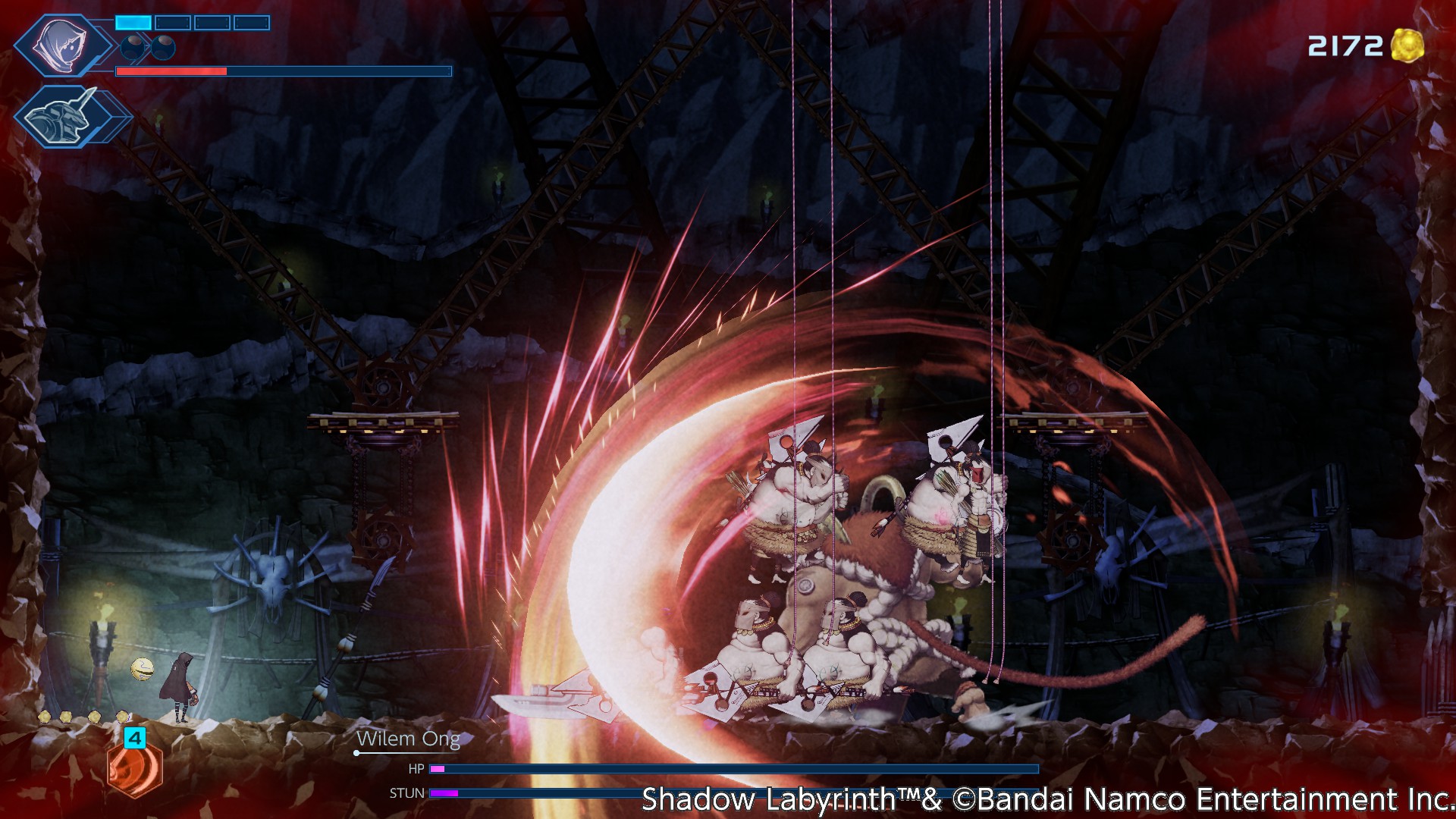
The most fun I had in Shadow Labyrinth was during its major boss fights. There’s a great range of different bosses for you to tackle, and most have interesting mechanics to learn and exploit. Even the minor bosses scattered about the map pose a challenging threat to your progress. However, since these minor bosses respawn after a time, their charm lessens on each subsequent defeat and can devolve into feeling like a chore to kill.
Parrying enemies is definitely where it’s at. Parrying is tight and responsive, and lets you stun the boss on a success. It’s a good reward for learning enemy telegraphs and timings, and I found myself really doubling down on mastering it. You could also opt for blocking attacks instead, which doesn’t require perfect timing, but why bother when parrying is arguably way cooler?
The most punishing mechanic of all is the shared resource bar for both ESP abilities and dodging. I didn’t mind the shared bar, but I did think the consequence was perhaps too harsh when you overspent it. If you misjudge your ESP usage and deplete the bar completely, you’re locked out of using abilities or your crucial dodge again till it slowly refills. In some cases, that’s survivable. In others, especially boss fights, it’s a death sentence, as you require a dodge to avoid an attack. There’s so little room for error. Only disciplined, mindful ESP usage will keep you alive. It forces you to pay close attention to your spending, but can be quite frustrating when you accidentally get locked out of dodging and are forced to wait for way too long for your ESP gauge to refill to max.
On top of that, it’s worth briefly mentioning that something feels slightly off about your dodge roll in the first place. The invincibility frames feel too short compared to the duration of your dodge, so when you use it to roll through enemies, even a slight fumble in judgment leaves you vulnerable to contact damage.
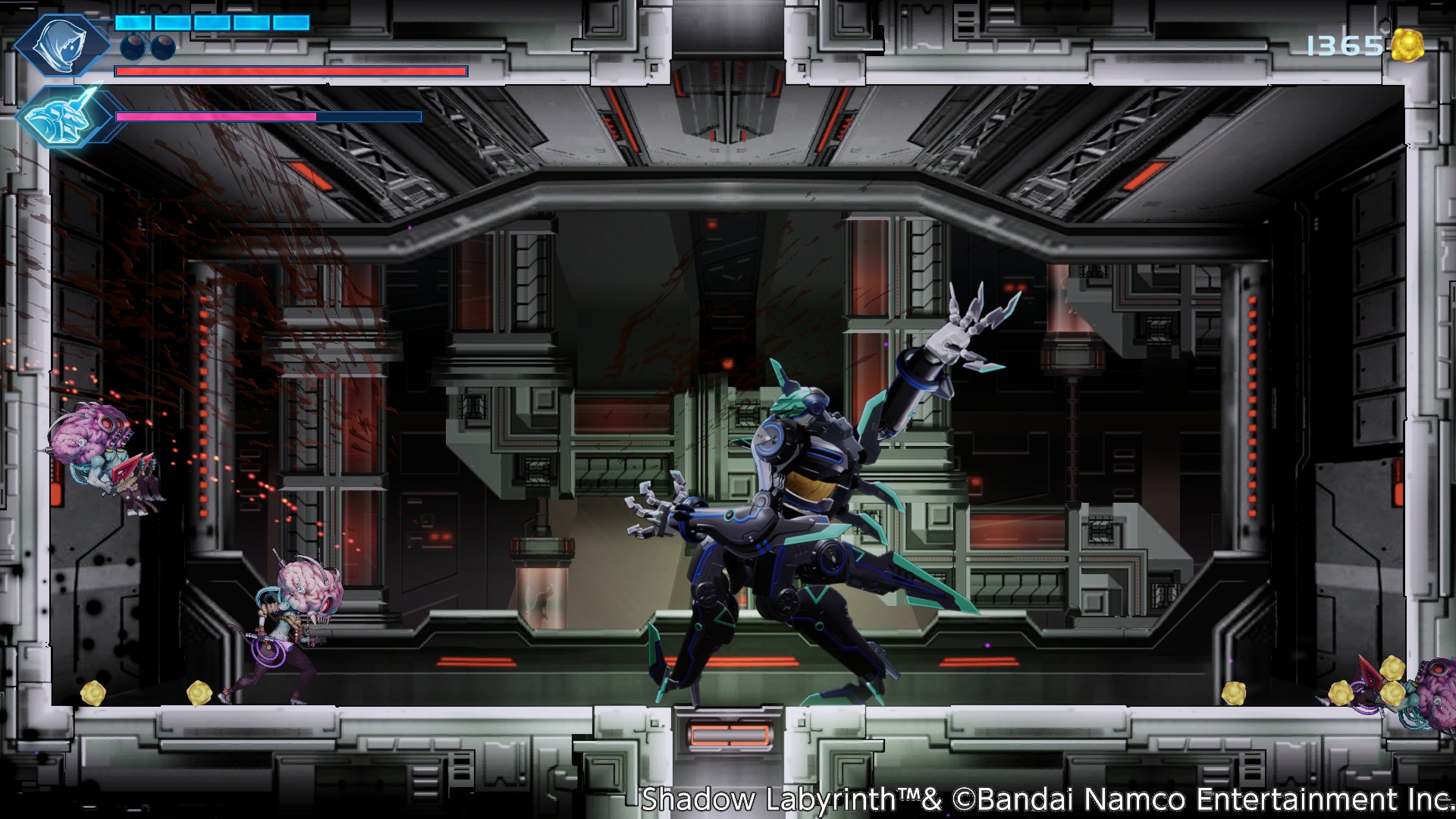
In addition to everything in your arsenal, you’ve got access to GAIA mode, where you become this huge mech with PAC-MAN at its centre. It’s a brief window of extra power, but it requires a full GAIA gauge to use. The gauge fills up slowly when you opt to eat defeated enemies. Honestly, seeing the PAC-MAN-themed mech devouring enemies, especially the humanoid ones, was a bit unsettling, but it’s well worth it to power the invincible mech. Bringing in a full gauge to boss fights and then choosing the right moment to call in the mech can add an extra level of strategy to fights too, although often I simply tended to stick to using GAIA as a last ditch effort, either to secure a kill or when I was almost out of HP and just wanted to see further into the fight.
The mech isn’t only for combat, though; it also plays a key role in exploration. The world is full of branching paths, with some being blocked behind upgrades and others being open from the start. GAIA can be used to help you traverse dangerous terrain, a clever way to turn what initially seems like a purely combat-focused ability into a tool for exploration.
When exploring, there are also special mazes you can find that offer a more classic PAC-MAN experience, but with unique twists to the traditional gameplay loop. All the original elements are in play—ghosts, dots, fruit and more—but with added mechanics that spice up the formula. You can boost through blocks, make blocks move, kick blocks and more. Each maze segment ends with a fight where you combine all these new features to take a boss down. They’re refreshing little detours from the main game that pay homage to classic PAC-MAN, reminding you what series you’re actually playing.
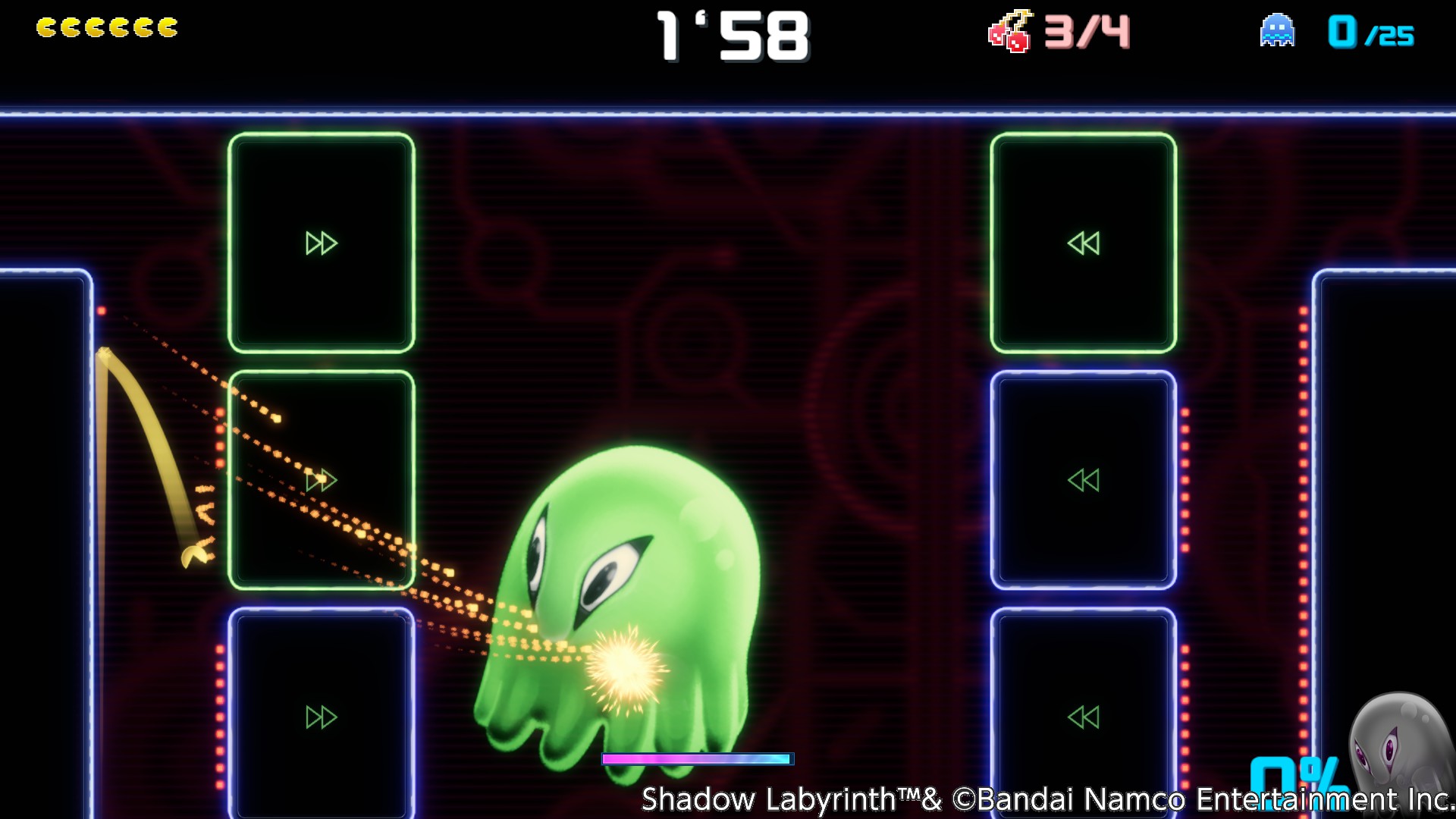
With exploration comes platforming, which brings just as much challenge as combat does. Many sections, some incredibly lengthy, demand quick reflexes and precise movement, requiring you to use your full movement arsenal effectively. I enjoyed the platforming sections a lot more than the combat-heavy sections. They felt challenging, but not in the discouraging way combat could end up feeling.
Some nice moments, too, were with the D-Line sections, sequences where you interact with these brightly lit rails, turning into a tiny PAC-MAN. You can then waka-waka your way along these rails, jumping from one to the other to avoid hazards and attack enemies. The addition of a toggleable dotted trajectory line that shows you where you’d launch yourself when jumping from a D-line is especially helpful in these moments, and I’m really glad it was included.
Chomping on frustration
What I didn’t enjoy about exploration was how save points and checkpoints functioned. Shadow Labyrinth uses a health potion system: you carry around a fixed number of potions that fully heal yourself, and they only recharge at save points. Alongside these save points, there are also checkpoints that restore your health. When you die, you can choose to either respawn at your most recently visited save point or a checkpoint.
Save points are typically placed at the start of areas or before boss fights, so if you’re not at the very beginning of an area or fighting a main boss, you’ll be using checkpoints a lot. My main gripe is that, while respawning at a checkpoint after a death restores you back to full HP, it doesn’t refill your potions. Instead, you return with however many you had when you last touched that checkpoint.
More often than not, I’d push deep into an area, burning through all my potions, and find a checkpoint where I’d save to restore my HP. Whenever I died, I’d opt to respawn back there, as it was closest to where I’d progressed to, but I’d return with zero potions. I wanted to keep exploring, but without potions, I couldn’t survive long enough to progress. It was even worse if I stumbled into a mini boss. Mini bosses were often parked near checkpoints, and respawning there with no potions meant a painful loop of repeated deaths as I tried to kill them with limited healing. Either way, most of the time I’d have to accept defeat and pause my progression to go back to a save point and attempt to make the sad trek back to the checkpoint using fewer potions.
The constant back and forth really killed the flow of exploration. Some save points were placed so far apart that it felt nearly impossible to get from one to the next checkpoint without taking damage and using my potions. It felt very counterintuitive. I’m honestly not sure why Shadow Labyrinth doesn’t simply restore your potions when you respawn. I get that it wants to be challenging, but it made the whole experience rougher than it needed to be.
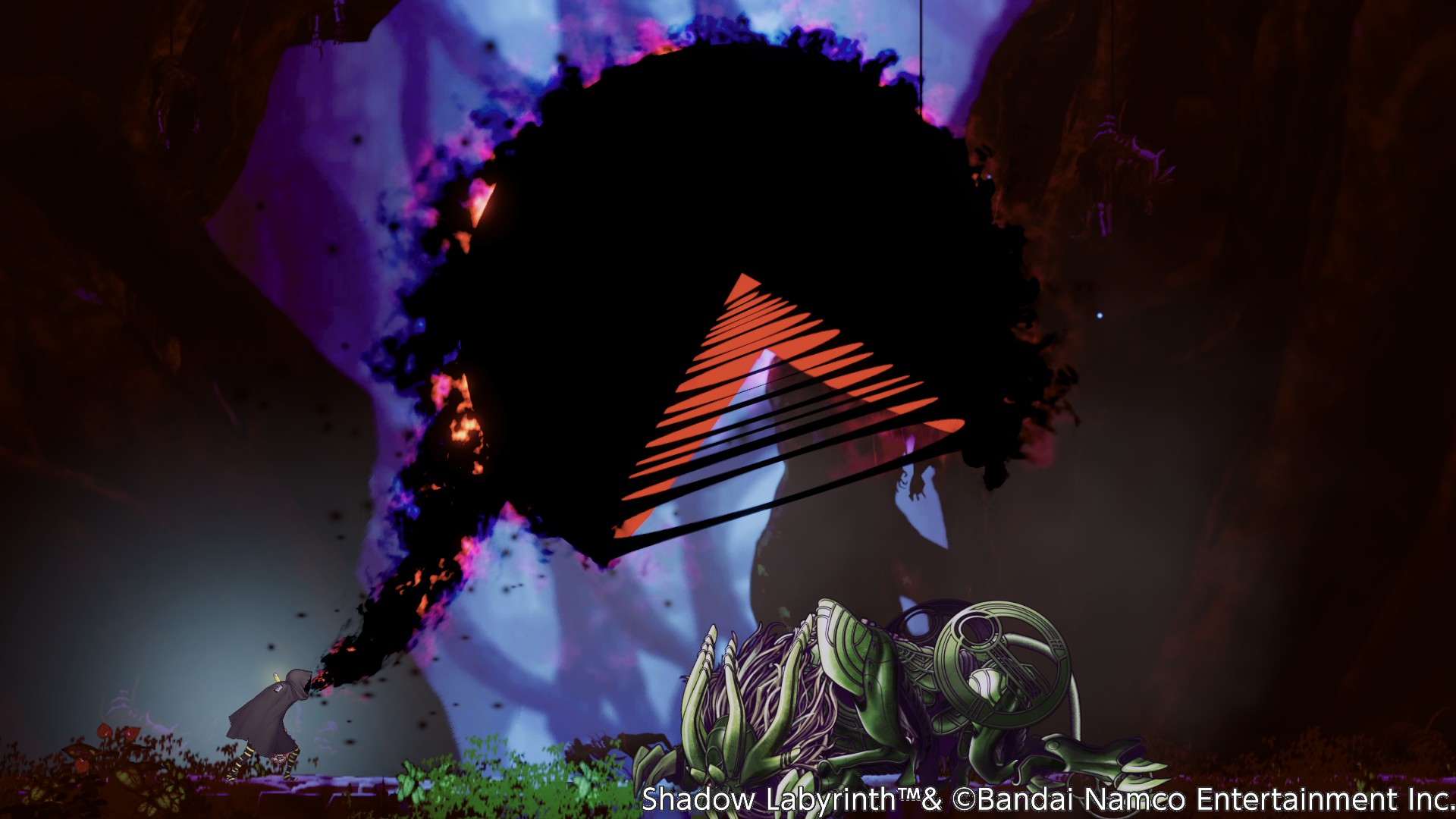
The early game really suffers because of this. You’re weak, reliant on your potions, and everything hits like a truck. You have so few abilities at your disposal to get yourself out of danger, and all you’re trying to do is explore, but the save/checkpoint situation makes it feel unnecessarily brutal. It’s not the usual kind of Metroidvania challenge; it’s just flat-out maddening. Combined with the initial learning curve, my early game experience was genuinely not fun.
Overall, this exact challenge might be the main draw for some, but for others, the difficulty may be entirely off-putting. This could be negated by adjustable difficulty options, but there seem to be none whatsoever. This seems like an entirely missed opportunity, both in terms of accessibility and in bringing more players on board with this new direction.
6.5
Decent
Positive:
- Unique coat of paint for PAC-MAN that ties into the larger UGSF timeline
- Challenging combat and platforming
- Large range of boss fights with interesting mechanics
Negative:
- Frustrating early game
- The consequence for depleting your ESP bar feels unnecessarily harsh
- Save point and checkpoint system disrupts exploration flow
- Zero accessibility options
Shadow Labyrinth is such a fascinating reinvention of PAC-MAN that completely changes the concept of what a PAC-MAN game can be. It’s a completely unapologetic, brutal reimagining that fully commits to this vision. It pays off in its best moments, whether you’re fighting a huge boss or weaving through some difficult platforming, but the punishing early game and confusing design choices really weigh it down. It’s far from the most flawless Metroidvania, but if you can stomach the difficulty, it’s a compelling new PAC-MAN experience.
